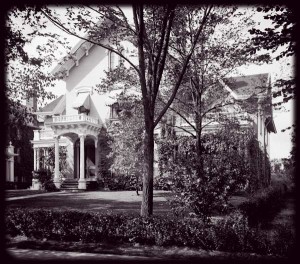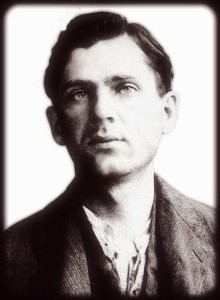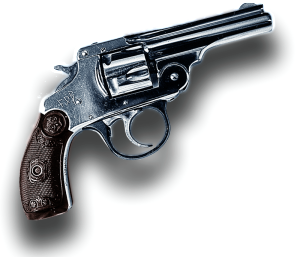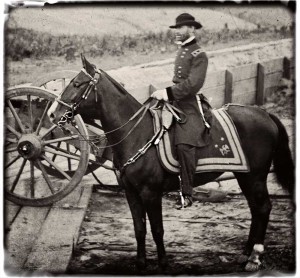September 4, 1901: Yesterday President McKinley and his wife Ida, had attended the Stark County Fair in Canton, not far from where the president was born. This morning he and his entourage left Canton for Buffalo at 10:00 a.m. The train was a special express with no stops and was scheduled to arrive at 4:55 p.m. in Buffalo. It was expected that the president would spend a few days here then depart for Cleveland on Saturday. In Cleveland he would take part in a national encampment of the Grand Army of the Republic, then return to Canton for a few days before returning to Washington.
On the train with the president were of course the First Lady as well as their doctor, several stenographers to record notes and meetings while on their trip. Also on board was the Secretary to the President, George B. Cortelyou. George had misgivings about the president’s safety at the Exposition, especially Thursday’s meet-and-greet.
Before leaving Canton George sent a telegram to the Buffalo police asking they review their security plans for the president while at the Exposition. Extra security had already been added including special uniformed and plains-clothes policemen, two additional Secret Service agents were brought up from Washington and added to the normal presidential detail. George Cortelyou had good reason to be concerned.
When the president and his staff stepped off the train in Dunkirk, New York, twenty-eight year old Leon Czolgosz was waiting for him. He had read all the details of the president’s arrival, exactly where and when. A few days ago he had purchased a 32 caliber revolver and today would be the first time he would have a chance at using it. But thanks to the efforts of George Cortelyou, the Secret Service, and the Buffalo police department, Leon Czolgosz was pushed back away from the president while as he and his wife climbed into the carriage that would take him and Exposition and then on to John Milburn’s house where they planned on staying.
John Milburn had hoped to entertain the first family with a lavish party inviting all of Buffalo’s dignitaries to entertain the president, but was warned that the First Lady was prone to seizures if she became too excited. He decided to scale back the gala and just make it a private dinner party. The dinner party would seem like nothing in a few days and in the weeks to come. Dignitaries from around the country would be arriving including Vice President Theodore Roosevelt to check on the president. Assured that he was fine, the vice-president departed for a planned family vacation.
In less than 48 hours the President of the United States would be shot while greeting visitors at the Temple of Music. Secretary Cortelyou would be standing just behind the president when the first of two shots rang out. Not sure what had just happened, the president stepped back. “I’m okay.” A trickle of blood could be seen staining his white vest. While aides held him, he reached for Cortelyou and whispered, “My wife… be careful, Cortelyou, how you tell her. Oh, be careful.”




